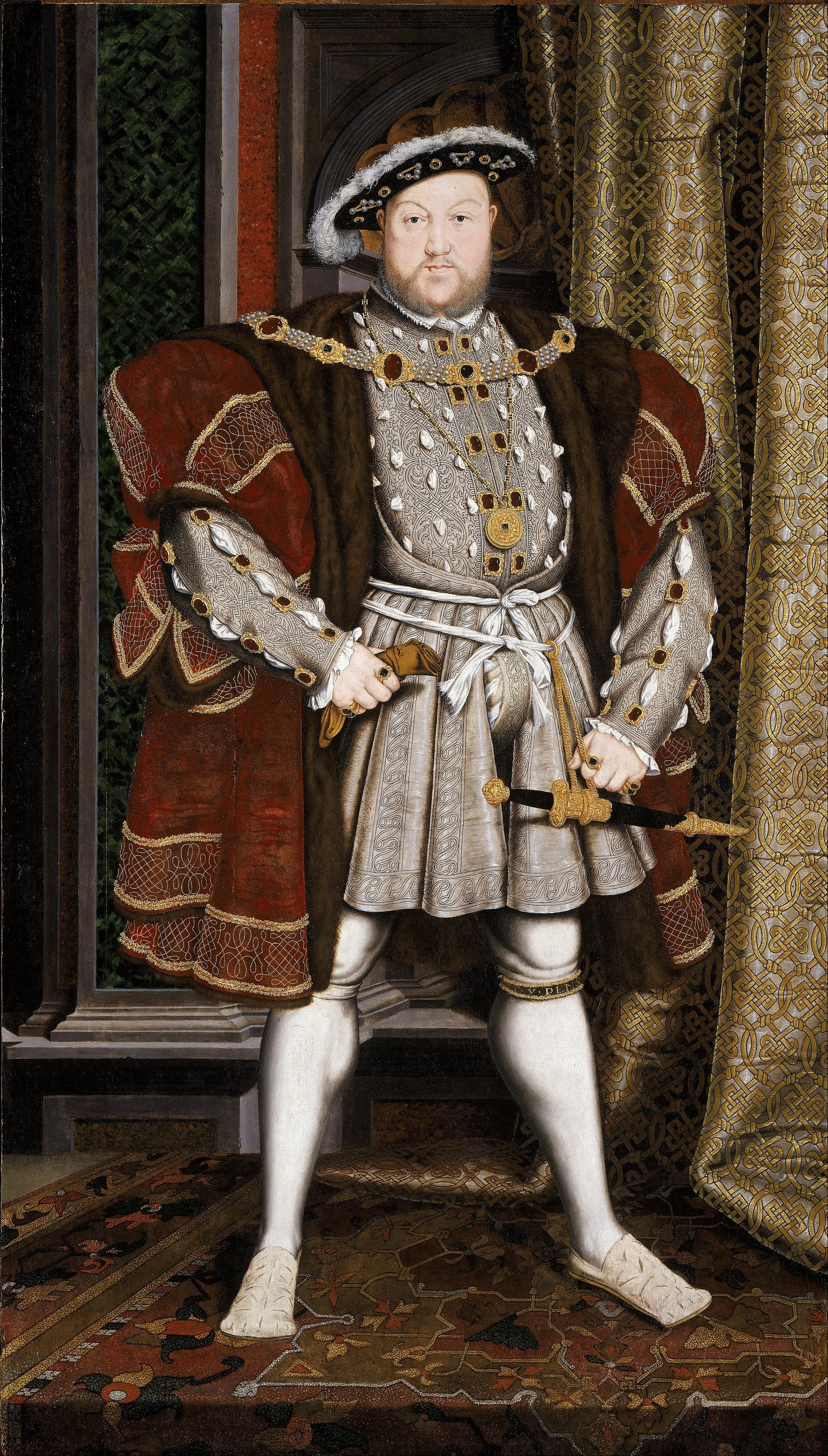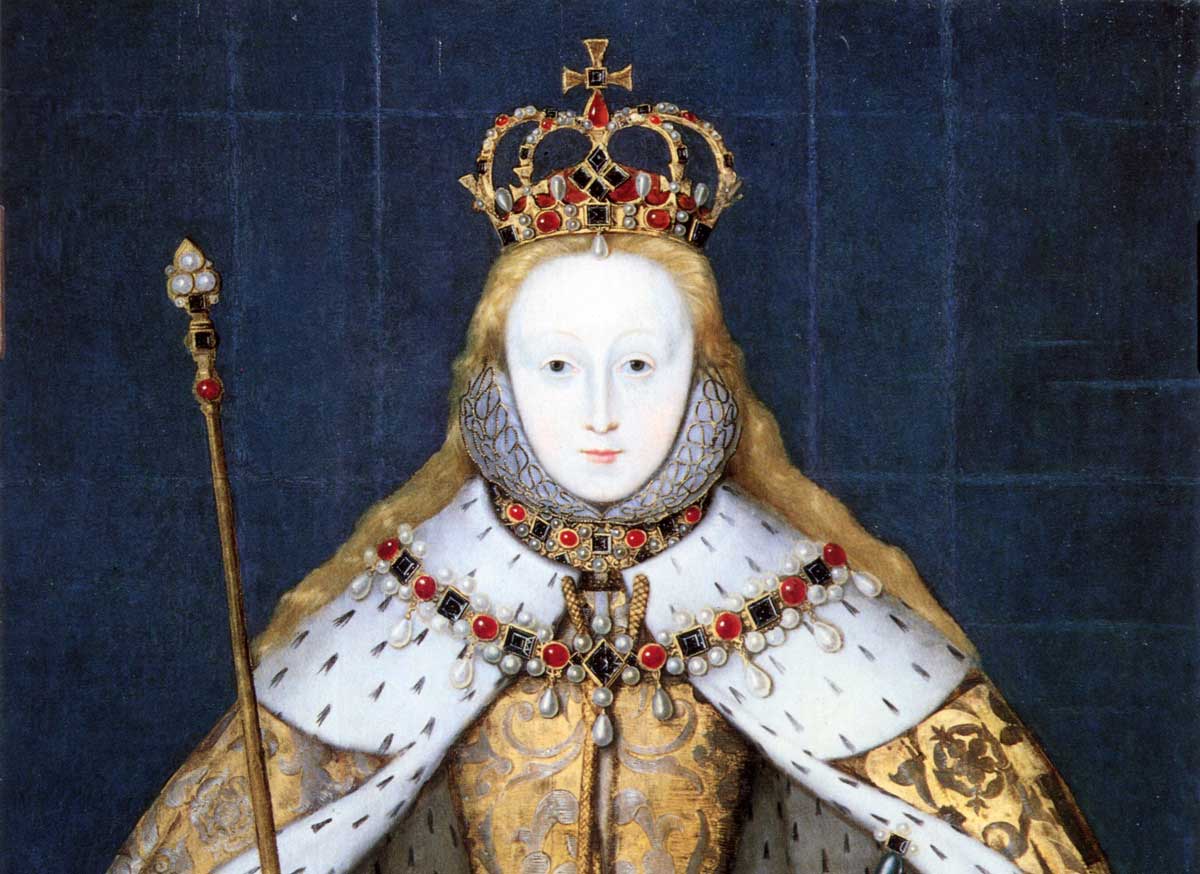The Tudors and the Stuarts - Religious Conflicts
How religion and politics shaped England, Wales, Scotland, and Ireland during the Tudor and early Stuart periods, focusing on Henry VIII, Elizabeth I, and the Reformation.
Henry VII and the Start of Tudor Power
After winning the Wars of the Roses, Henry VII wanted to keep peace in England and protect his throne.
He strengthened the central government, reduced the power of nobles, and saved money for the monarchy.
When he died, his son Henry VIII continued these policies.
Henry VIII and His Six Wives
Henry VIII ruled from 21 April 1509 until 28 January 1547.
He is best known for breaking away from the Church of Rome and for marrying six times:
- Catherine of Aragon – A Spanish princess. Only one child, Mary, survived. Henry divorced her because she could no longer have children.
- Anne Boleyn – English. She had a daughter, Elizabeth, but was accused of having lovers and was executed at the Tower of London.
- Jane Seymour – Married Henry after Anne’s death. She gave birth to Edward, the son Henry wanted, but died soon after.
- Anne of Cleves – A German princess married for politics. Henry divorced her quickly.
- Catherine Howard – Cousin of Anne Boleyn. Accused of lovers and executed.
- Catherine Parr – A widow who married Henry late in life. She survived him but died soon after remarrying.

The Church of England and the Reformation
To divorce his first wife, Henry needed the Pope’s approval. When the Pope refused, Henry created the Church of England, making himself its head.
He could now appoint bishops and decide how people worshipped.
At the same time, the Reformation was spreading across Europe.
It was a movement against the authority of the Pope and the Roman Catholic Church.
The Protestants created their own churches.
They:
- Read the Bible in their own languages (not Latin)
- Did not pray to saints or at shrines
- Believed a person’s own relationship with God was more important than Church authority
Protestant ideas grew stronger in England, Wales, and Scotland during the 16th century.
In Ireland, attempts to force Protestantism and new land laws caused rebellion and brutal fighting by Irish chieftains.
Wales United with England
Under Henry VIII, the Act for the Government of Wales made Wales formally part of England.
Wales sent representatives to the House of Commons, and its legal system was reformed.
Edward VI and Mary I
After Henry VIII died, his son Edward VI became king.
He was strongly Protestant.
The Book of Common Prayer was written during his reign for the Church of England, and versions of it are still used today.
Edward died at 15, after ruling for just over six years.
His half-sister Mary I became queen next.
She was Catholic and persecuted Protestants, earning the name ‘Bloody Mary’.
She died after a short reign, and her half-sister Elizabeth I, daughter of Henry VIII and Anne Boleyn, became queen.
Queen Elizabeth I
Elizabeth I was a Protestant who restored the Church of England.
Everyone had to attend their local church, and there were rules about prayers and services.
However, Elizabeth was tolerant of private beliefs and found a balance between Catholics and Protestants, avoiding major religious conflict.
She became very popular, especially after 1588, when England defeated the Spanish Armada, a large fleet sent by Spain to restore Catholicism.

Scotland Reformation and Mary, Queen of Scots
In 1560, the mostly Protestant Scottish Parliament ended the Pope’s authority in Scotland and made Catholic services illegal.
The Protestant Church of Scotland was formed, but unlike England’s, it was not a state Church.
Mary Stuart (Mary, Queen of Scots) was a Catholic who became queen as a baby.
She spent most of her youth in France, then returned to Scotland, where she faced power struggles.
After her husband’s murder, she was suspected of involvement and fled to England.
She gave up her throne to her Protestant son, James VI of Scotland.
Mary, a cousin of Elizabeth I, hoped for help but was imprisoned for 20 years.
Eventually, she was executed, accused of plotting against Elizabeth I.
Key Points
- Henry VII brought peace after the Wars of the Roses.
- Henry VIII centralized power and broke from the Church of Rome.
- Henry VIII had six wives; two were executed.
- The Church of England was founded with Henry as its head.
- The Reformation spread Protestant ideas across Europe and Britain.
- In Ireland, English efforts to impose Protestantism led to rebellion.
- Wales was formally united with England.
- Edward VI promoted Protestantism and introduced the Book of Common Prayer.
- Mary I restored Catholicism and persecuted Protestants.
- Elizabeth I restored Protestantism and defeated the Spanish Armada.
- Scotland became Protestant and abolished the Pope’s authority in 1560.
- Mary, Queen of Scots, was executed for plotting against Elizabeth I.